MARKET OVERVIEW
The global pectin market in the food and beverage sector is expected to undergo subtle yet profound changes in the near future, influenced not by buzz and fad-driven enthusiasm, but by unassuming innovation and changing consumer patterns. Historically applied as a gelling substance in jams and jellies, pectin will increasingly assume more sophisticated functions across a variety of industries. This transition will not be driven by one disruptor step but through gradual development of application, thinking, and sourcing practices that break away from the traditional.
With the focus shifting towards cleaner labels and plant-based ingredients, pectin's story will evolve further. New formulations will endeavor to unlock more value from citrus peels and apple pomace, which are leading raw materials. What's coming next is not only enhanced extraction effectiveness but more contemplative utilization of agricultural waste, with a subtle move in line with sustainability objectives without seeming overtly motivated by green campaigns. This backdoor revolution will be a deeper embedding of circular production procedures into manufacturing habits, where the material will play functional as well as philosophical purposes.
The global pectin market will increasingly increase its applicability in pharmaceuticals and personal care where texture, stability, and skin-friendliness are as important as purity. Its suitability for organic products and capacity to create stable emulsions will attract interest from niche segments seeking alternatives to synthetic thickeners. This crossover will not be a marketing splash but a slow, hard-making of pectin in product classes that used to ignore it. The nuances of this transition will be seen more in formulatory labs than in ads.
At a consumer level, dietary fiber awareness will gradually influence demand patterns. Pectin's soluble fiber profile will not only be viewed from the aspect of health but through digestive well-being and satiety management. Functional drinks, plant milk alternatives, and meal replacements might experience an increase in pectin incorporation, not by virtue of marketing hype but because product formulators will quietly use it for mouthfeel and texture without introducing artificial stabilizers.
Geographically, the global pectin market will start exploring outside its core regions. Although Europe and North America have been its historical strongholds, newer Asian and Latin American markets will begin establishing their own infrastructure research facilities, supply chains, and local manufacturing. This expansion will not declare itself in grandscale acquisitions and high-profile investments, but in the gradual infusion of pectin into local food products, regional cuisines, and functional food choices.
Instead of relying on fleeting trends, the way forward for the global pectin market will be marked by steady resilience and adjustment. It will not aim for reinvention but for refinement. Any change, be it in use or region, will occur at a measured pace, to provide stability and long-term usefulness over flash. Thus, the advance of the market will be perceived as less disruption and more alignment with both nature's bounty and the evolving needs of conscious production.
Global pectin market is estimated to reach $1,826.28 Million by 2032; growing at a CAGR of 6.4% from 2025 to 2032.
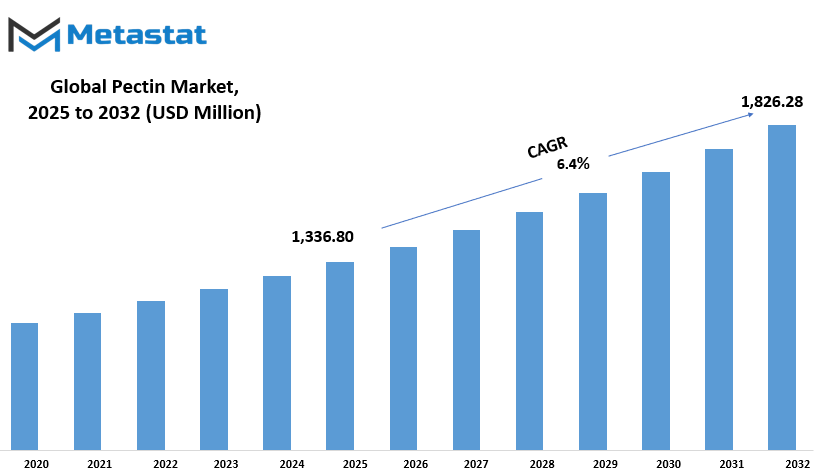
GROWTH FACTORS
The global pectin market is approaching a clean-label and healthy living future as consumer trends and desires take center stage and the world looks toward healthier forms of living. With expanded demand for easy-label ingredients and natural answers in human beings's daily weight loss plan, herbal and organic meals components will be in high call for. Pectin, a herbal gelling agent derived from end result and apples, is perfectly suited to this growing fashion. Its use as a thickener, stabilizer, and gelling agent has gained it an area in ingredients such as jams, jellies, yogurts, and even fitness liquids. With extra consciousness of fitness and weight loss plan, clients are choosing foods and drinks that not simplest fulfill hunger but offer value to their health as nicely. Functional foods with brought fiber and different natural ingredients have become more and more famous, and pectin is an instance of one additive this is helping to pressure this fashion.
Growing call for is the marketplace, and the increasing software of pectin in dairy substitutes, sugar-reduced merchandise, and private care items will keep to drive its use at some point of industries. Consumers do not just desire what is palatable they desire what they perceive as safe and natural. This change will surely make the collaborations between ingredient suppliers and food manufacturers greater to come up with novel products that have pectin as a major constituent. Food corporations will also start focusing more on pectin as a strategic ingredient in product development, particularly for those that cater to health-food customers.
Not everything happens that way, though. One of the largest hindrances in the global pectin market is the expense of extracting and manufacturing pectin. The cost factor generally makes it less cost-effective for smaller players and startups to introduce clean-label ingredients in their products. The lengthy method of procuring citrus peel or apple pomace and then processing it to reap terrific pectin generally involves tremendous capital funding. Moreover, the variation in raw material fine prevalently dictated with the aid of geographical elements, crop condition, and season can affect the very last product texture and capability. Such elements can pose difficulties in making sure first-class standards, particularly while pectin is utilized in merchandise where consistency is fundamental.
Despite those demanding situations, the world is becoming more and more optimistic. New technologies and techniques for pectin extraction are below research and development to make it greater green and cheaper. Developments like enzyme-improved extraction or usage of agricultural through-products for the procurement of pectin will probably restriction reliance on conventional sources. Should these technologies be scalable and reliable, the outcome may be now not handiest higher yield but additionally a steadier pricing scheme for producers. This might also offer opportunities for wider use of pectin across industries which includes pharmaceuticals, cosmetics, and even biodegradable packaging.
In the years to come, the global pectin market will not really preserve up with traits it will set them. As people hold to are seeking wellbeing and integrity in what they consume, ingredients such as pectin will become more and more good sized. By tapping into contemporary production issues and taking on improved extraction technologies, the industry will experience new prospects that go beyond food and drinks. The push toward health and sustainability will make pectin not only a presence on the shelves of supermarkets but also at the forefront of discussions about what responsible consumption can look like in the future.
MARKET SEGMENTATION
By Type
The global pectin market will stay a focus within the years to come as industries flip towards cleaner, natural, and label-unfastened ingredients. Pectin, a fruit-primarily based carbohydrate extensively utilized for its gelling and thickening houses, is commonly extracted from citrus peel and apple pomace. Its increasing use in foodstuffs, liquids, or even medicine will add to its multiplied scope in quite a few industries. As customers emerge as increasingly conscious of what they installed their food, the call for for evidently derived substances will growth, constructing favorable help for pectin merchandise.
In the global pectin market, pectin is further divided by using type into high-methoxyl pectin and coffee-methoxyl pectin. High-methoxyl pectin, worth $389.0 million, will command a great proportion within the marketplace because of its suitability for generating jams, jellies, and different excessive-sugar foods that demand a company gel community. Low-methoxyl pectin, at the opposite, will advantage traction in meals that use less sugar or no sugar at all, consisting of dairy-primarily based or calcium-fortified meals like yogurts and dessert toppings. This flexibility across various meals systems will preserve to propel call for from producers interested in addressing numerous purchaser tastes.
In addition to its uses in meals, pectin can even pick out up reputation inside the pharmaceutical and private care markets. Pectin can be used as a binder or stabilizer in tablets, and it is also being researched for use as a natural source of dietary fiber with health benefits. While in skincare, the moisturizing property of pectin makes it applicable in some creams and lotions and further enhances the market.
With regulations among areas increasingly insisting on the usage of sustainable and biodegradable products, pectin will not be viewed as an additive, but as a sustainable option. Manufacturers will more and more test with extraction techniques to growth yield, hold purity, and decrease waste, streamlining the supply chain and lowering reliance on synthetic elements.
Although the marketplace will have a few problems like availability of uncooked materials and fluctuations in fees, organizations that spend money on R&D and establish lengthy-time period supplier relationships will maximum probably remain aggressive. Consumer demand for transparency and cleaner product labels will power businesses to show off pectin extra prominently on their ingredient lists.
In the following couple of years, the global pectin market will now not handiest develop in extent but also in form of programs. Its natural foundation, versatility among merchandise, and compatibility with developments that target fitness will position it as a star component at some stage in the movement closer to greater natural and sustainable patron merchandise.
By Source
The global pectin market is seeing important shifts, in particular while considered thru the lens of its sources. As food behavior shift and smooth-label substances take the spotlight, demand for natural components like pectin will keep growing. Pectin is a form of fiber observed in fruits and used extensively in the food and beverage industry for its thickening and gelling residences. While many industries depend upon it, the sort of fruit used to extract pectin makes a extensive difference in manufacturing pleasant, availability, and alertness.
Citrus culmination have lengthy been a first-rate source of pectin, and they may maintain a consistent presence in this section. Their high yield and robust purposeful overall performance make them reliable, specially for big-scale production. Apples observe intently at the back of, offering a exclusive texture and fine, regularly preferred for jams, jellies, and coffee-sugar formulations. Pears and plums, even though no longer as extensively used, are getting extra outstanding in particular programs because of their unique composition and nearby availability. Bananas also are being explored for pectin extraction, particularly in regions in which banana manufacturing is excessive, because it creates new opportunities to make use of agricultural waste more effectively. The “Others” category, which includes peaches and various berries, holds capacity as area of interest food tendencies emerge and push call for for brand spanking new flavors and formulations. These opportunity sources might not lead the market, however they will play a role in broadening the supply base and helping seasonal or specialty product strains.
As companies seek more durable and various sources of pectin, the market supply chain will continue to focus on the basis of flexibility and consumer demand. With more attention to natural and plant-based food items, every source-wheel is prominent like citrus or the upcoming-elevated pectin like berries will contribute to shaping the future of the market.
By End-use
The global pectin market continues to attract interest because of its growing utility in a huge range of food merchandise. As consumer behavior shift closer to herbal and smooth-label substances, the call for pectin an component discovered in fruits and frequently used for gelling and thickening will see steady increase. By stop-use, the market is further divided into fermented plant-based merchandise, fermented dairy products which include yoghurt, jams, jellies, chews, fruit spreads, sugar confectionery, fruit roll-ups, fruit preparations, and others. Each of these categories reflects how pectin has turn out to be a key a part of each conventional and cutting-edge meals manufacturing.
In fermented plant-based totally and dairy merchandise, pectin supports texture and shelf balance, that's specially important in merchandise like yoghurt where consistency influences taste and client enchantment. In jams, jellies, and fruit spreads, pectin enables maintain a natural experience even as assisting the thickness predicted by buyers. As consumers hold to prefer meals made with fewer artificial additives, pectin stands out as a trusted answer. Its usage in chews and confectionery additionally plays a element in enhancing product shape and mouthfeel without relying on synthetic alternatives.
The shift in the direction of healthier eating conduct and interest in fruit-based totally snacking will form the future course of this market. Products like fruit roll America and fruit arrangements depend upon pectin not just for structure, but for offering that homemade texture many customers choose. The “others” category includes precise applications which can upward thrust over the years, specially as innovation in meals production continues to discover new uses for plant-based ingredients. While one-of-a-kind regions might also prioritize extraordinary cease-use classes based on tradition and weight-reduction plan, one not unusual thread will be the constant position pectin performs in assisting brands meet patron expectancies for smooth, reliable, and attractive meals alternatives.
The global pectin market, studied across these packages, shows no signs of slowing down. As product innovation keeps and herbal additives remain in demand, pectin will continue to be an crucial factor in shaping the next technology of food products.
|
Forecast Period |
2025-2032 |
|
Market Size in 2025 |
$1,336.80 million |
|
Market Size by 2032 |
$1,826.28 Million |
|
Growth Rate from 2025 to 2032 |
6.4% |
|
Base Year |
2024 |
|
Regions Covered |
North America, Europe, Asia-Pacific, South America, Middle East & Africa |
REGIONAL ANALYSIS
The global pectin market is seeing important geographic segmentation that plays a key position in its distribution, intake, and industrial potential. This department is not only a remember of mapping however additionally allows recognize the attain and feasible destiny of pectin-based totally applications throughout unique components of the world. Based on geography, the global pectin market is split into North America, Europe, Asia-Pacific, South America, and the Middle East & Africa. Each of these areas contributes in a different way depending on local demand, business use, and availability of raw substances.
In North America, the market is further broken down into the US, Canada, and Mexico. The United States is in all likelihood to keep leading the regional demand with its sturdy presence of food and beverage businesses that use pectin in merchandise like jams, jellies, and dairy-primarily based desserts. Canada and Mexico also participate appreciably in food processing, which provides to the regional share.
Europe includes the United Kingdom, Germany, France, Italy, and the Rest of Europe. European nations are recognized for his or her meals standards and preference for natural additives. As pectin is broadly used as a gelling and thickening agent, international locations like Germany and France are expected to hold a constant interest. Italy’s culinary traditions and the United Kingdom’s packaged food region may also probable help the continuing use of pectin in numerous product formulations.
The Asia-Pacific vicinity has a massive and developing populace base, which supports rising intake of packaged and processed meals. This location consists of India, China, Japan, South Korea, and the Rest of Asia-Pacific. China and India, with their expanding meals industries and increasing fitness recognition, are expected to play a valuable role in boosting the call for. Japan and South Korea, acknowledged for innovation and comfort-centered merchandise, additionally reflect strong marketplace capability.
In South America, Brazil and Argentina are the key nations, along with the Rest of South America. Brazil sticks out due to its herbal fruit manufacturing, which now not only creates call for for pectin in home products but may also support local production. Argentina provides to this with its growing interest in clean-label elements, which pectin can assist as a natural additive.
The Middle East & Africa is split into GCC Countries, Egypt, South Africa, and the Rest of Middle East & Africa. Although this location can also display slower adoption in comparison to others, there are emerging opportunities. South Africa and GCC Countries are beginning to recognition more on health-conscious formulations and useful food merchandise, which may force hobby in pectin. Egypt’s neighborhood food enterprise is likewise anticipated to show developing awareness of natural stabilizers, contributing to nearby hobby.
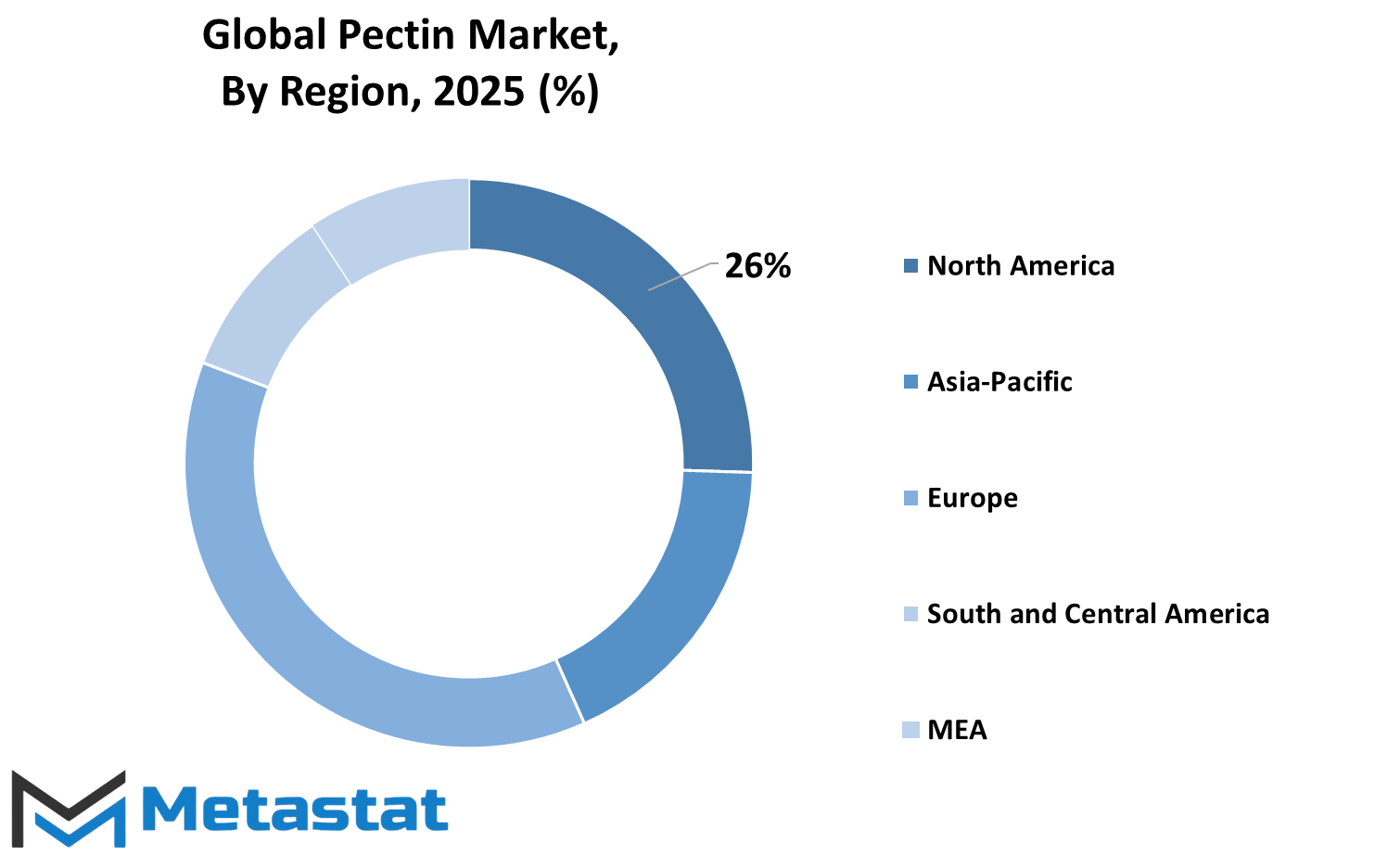
COMPETITIVE PLAYERS
The global pectin market will retain to expand as food and beverage producers are searching for extra natural components to fulfill converting purchaser possibilities. Pectin, extensively used as a gelling agent, stabilizer, and thickener, has received sturdy momentum throughout several industries. Its capability to replace synthetic options offers it a robust role, in particular as people pay nearer interest to food labels and components. What makes this ingredient in particular attractive is its easy-label attraction and flexibility, particularly in jams, jellies, dairy products, or even drinks where texture topics.
As industries lean extra toward plant-based totally and practical products, the demand for pectin will see a constant rise. Extracted from citrus peels and apple pomace, pectin offers a sustainable use of what would otherwise be waste. This positions it properly in a international that’s increasingly more focused on sustainability. The market will gain no longer just from meals applications but also from growing interest in non-public care and pharmaceutical sectors, where herbal thickening retailers are being desired.
What stands out about the global pectin market is the variety of predominant gamers actively shaping its growth. Companies along with Cargill, Incorporated, CP Kelco, and DuPont Inc. Deliver in worldwide manufacturing abilities and robust studies support. Others, like B&V Srl, Herbstreith & Fox, and Lucid Colloids Ltd, offer regionally robust alternatives with niche know-how. Emerging players together with Krishna Pectins Pvt Ltd and Nikunj Chemicals additionally display promise, specifically in catering to the growing needs of regional food and pharmaceutical groups. Additionally, properly-installed names like Tate & Lyle PLC, Ingredion Incorporated, and Koninklijke DSM N.V. Deliver a long time of enjoy, in addition solidifying the panorama. The presence of Naturex, GlanbiaPlc, BASF SE, and Adisseo reflects how various this area has turn out to be, reaching into regions a long way past traditional meals programs.
This mix of legacy brands and new entrants brings a wholesome stage of opposition, which inspires innovation. Whether via improved extraction methods or product customization, corporations are seeking to balance price-effectiveness with product overall performance. The hobby from manufacturers like Silvateam S.P.A, CEAMSA, Yantai Andre Pectin Co., Ltd., Lallemand Inc., and Quadra Chemicals suggests that this market isn't most effective robust but growing deeper roots in numerous industrial sectors.
The global pectin market offered via Metastat Insight will retain to draw interest as purchasers and agencies lean closer to more natural, label-pleasant answers. From improving shelf-lifestyles to enhancing mouthfeel, pectin brings multiple functions to the table. As improvements unfold and sustainability stays a priority, this natural ingredient will preserve a constant, precious region within the supply chain. With this type of sturdy basis of agencies assisting its boom, the market will stay dynamic, responsive, and more and more important to each meals technology and well being industries.
Pectin Market Key Segments:
By Type
- High-methoxyl Pectin
- Low-methoxyl Pectin
By Source
- Citrus Fruits
- Pears
- Apples
- Plums
- Banana
- Others (Peach, Berries)
By End-use
- Fermented Plant-based Products
- Fermented Dairy Products, including Yoghurt
- Jams
- Jellies
- Chews
- Fruit Spreads
- Sugar Confectionary
- Fruit Roll Ups
- Fruit Preparations
- Others
Key Global Pectin Industry Players
- B&V Srl
- Cargill, Incorporated
- CEAMSA
- Compañía Española deAlgas Marinas S.A
- CP Kelco
- DuPont Inc.
- Herbstreith & Fox
- Ingredion Incorporated
- Koninklijke DSM N.V.
- Lucid Colloids Ltd
- Naturex
- Quadra Chemicals
- Silvateam S.p.A
- Tate & Lyle PLC
- Yantai Andre Pectin Co., Ltd.
- Nikunj Chemicals
- Adisseo
- Lallemand Inc.
- Krishna Pectins Pvt Ltd
- GlanbiaPlc
- BASF SE
WHAT REPORT PROVIDES
- Full in-depth analysis of the parent Industry
- Important changes in market and its dynamics
- Segmentation details of the market
- Former, on-going, and projected market analysis in terms of volume and value
- Assessment of niche industry developments
- Market share analysis
- Key strategies of major players
- Emerging segments and regional growth potential




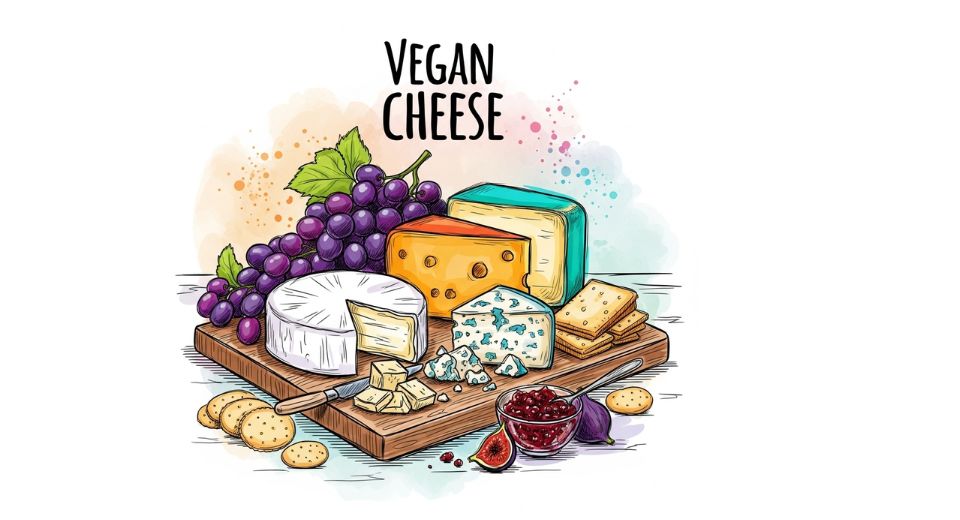
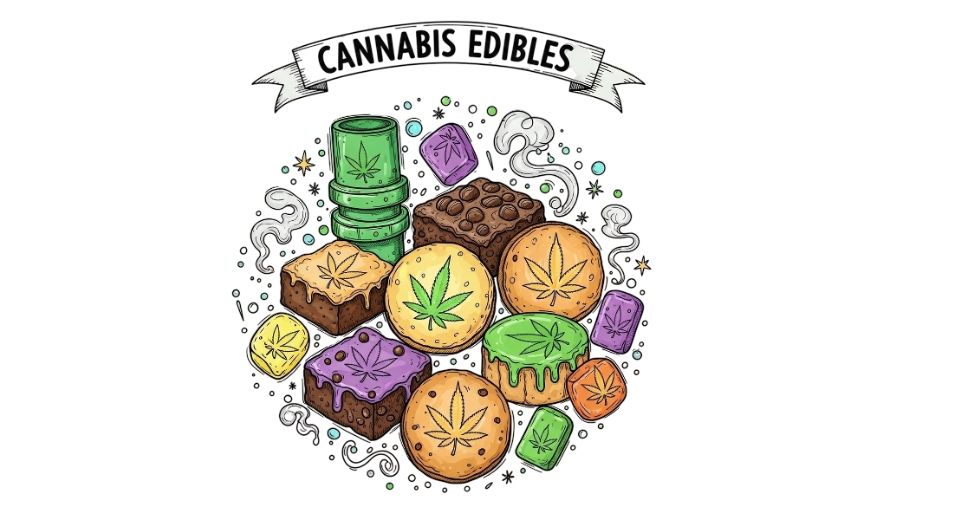
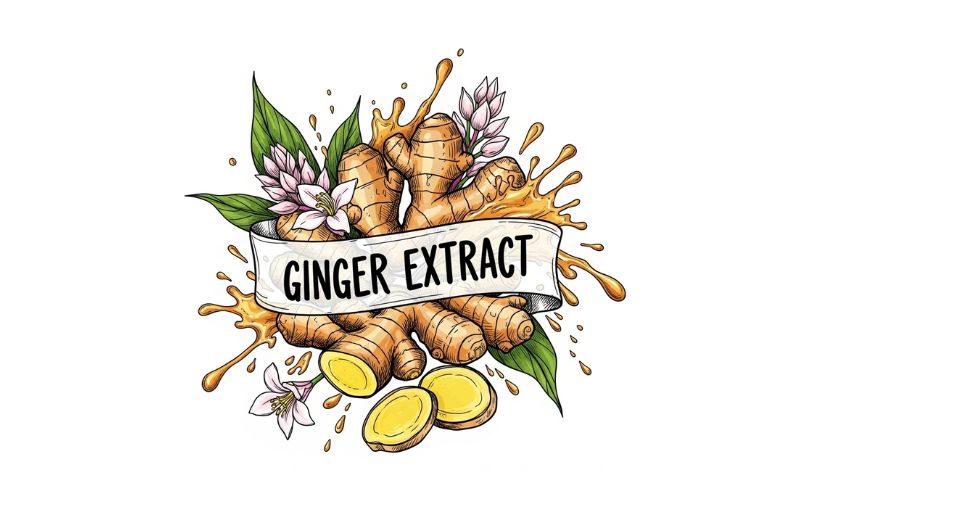

 US: +1 3023308252
US: +1 3023308252






